Igneous rocks, formed through the solidification of molten materials, are a significant part of Earth’s geological history. These rocks are rich in minerals, each with their distinct characteristics and potential for various industries. In this article, we will explore the common minerals found in igneous rocks and highlight their valuable applications. 1. Quartz: Quartz, composed of silicon and oxygen atoms, is one of the most abundant minerals in igneous rocks. Its various forms, such as amethyst and citrine, are widely used in jewelry and ornamentation due to their attractive colors and transparency.
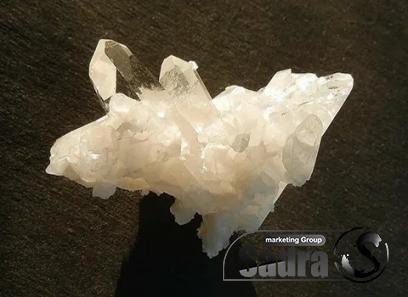
.
 Additionally, quartz is a primary component in the production of glass, ceramics, and electronic devices, owing to its excellent hardness, electrical properties, and resistance to high temperatures. 2. Feldspar: Feldspar, comprising aluminum, silicon, and oxygen, is another prevalent mineral found in igneous rocks. It is categorized into two main types: potassium feldspar (orthoclase) and plagioclase feldspar. Due to its hardness and durability, feldspar is commonly used as a raw material in the production of glass, ceramics, and abrasives. Furthermore, it serves as a flux in the manufacturing of pottery, allowing for a lower melting point and improved plasticity. 3. Mica: Mica, characterized by its characteristic flaky structure, is a silicate mineral commonly found in igneous rocks. Its high resistance to heat, electricity, and chemicals makes it highly sought after in the electrical and electronics industry.
Additionally, quartz is a primary component in the production of glass, ceramics, and electronic devices, owing to its excellent hardness, electrical properties, and resistance to high temperatures. 2. Feldspar: Feldspar, comprising aluminum, silicon, and oxygen, is another prevalent mineral found in igneous rocks. It is categorized into two main types: potassium feldspar (orthoclase) and plagioclase feldspar. Due to its hardness and durability, feldspar is commonly used as a raw material in the production of glass, ceramics, and abrasives. Furthermore, it serves as a flux in the manufacturing of pottery, allowing for a lower melting point and improved plasticity. 3. Mica: Mica, characterized by its characteristic flaky structure, is a silicate mineral commonly found in igneous rocks. Its high resistance to heat, electricity, and chemicals makes it highly sought after in the electrical and electronics industry.
..
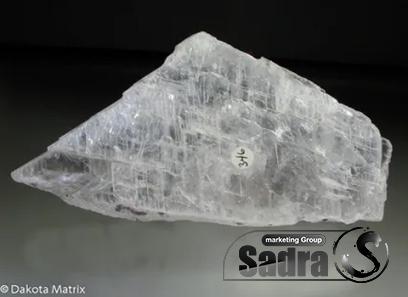 Mica is used as an insulator in capacitors and wires, and it acts as a lubricant in various industries. Additionally, it is widely employed in cosmetics, paints, and coatings due to its shimmering characteristics. 4. Amphibole: Amphibole minerals, including hornblende and actinolite, are commonly found in igneous rocks and exhibit distinct properties. These minerals possess high tensile strength and are resistant to heat, making them valuable in the construction industry. Amphibole is used as a raw material in the production of tiles, countertops, and other ornamental stones. It also contributes to the strength and durability of concrete and asphalt, enhancing the overall structural integrity of buildings and infrastructure.
Mica is used as an insulator in capacitors and wires, and it acts as a lubricant in various industries. Additionally, it is widely employed in cosmetics, paints, and coatings due to its shimmering characteristics. 4. Amphibole: Amphibole minerals, including hornblende and actinolite, are commonly found in igneous rocks and exhibit distinct properties. These minerals possess high tensile strength and are resistant to heat, making them valuable in the construction industry. Amphibole is used as a raw material in the production of tiles, countertops, and other ornamental stones. It also contributes to the strength and durability of concrete and asphalt, enhancing the overall structural integrity of buildings and infrastructure.
…
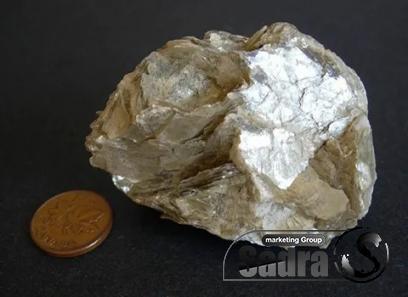 5. Olivine: Olivine, known for its greenish-yellow color, is a magnesium-iron silicate mineral commonly found in igneous rocks such as basalt. This mineral has exceptional thermal stability, making it ideal for refractory applications. Olivine is frequently used in high-temperature industries like foundries and steel manufacturing, where it acts as a heat-resistant lining material. In addition, it is employed in the production of ceramics, glass, and fertilizers due to its valuable chemical properties. Conclusion: The common minerals found in igneous rocks embody unique properties and hold significant value across various industries. From quartz’s versatility in jewelry and electronics to feldspar’s adaptability in glass manufacturing, these minerals play a crucial role in our everyday lives. Likewise, mica’s electrical properties and amphibole’s strength contribute to the construction industry, while olivine’s thermal stability provides essential solutions for high-temperature applications. Understanding the diversity and applications of these common minerals allows us to appreciate their importance and opens up opportunities for continued exploration and innovation.
5. Olivine: Olivine, known for its greenish-yellow color, is a magnesium-iron silicate mineral commonly found in igneous rocks such as basalt. This mineral has exceptional thermal stability, making it ideal for refractory applications. Olivine is frequently used in high-temperature industries like foundries and steel manufacturing, where it acts as a heat-resistant lining material. In addition, it is employed in the production of ceramics, glass, and fertilizers due to its valuable chemical properties. Conclusion: The common minerals found in igneous rocks embody unique properties and hold significant value across various industries. From quartz’s versatility in jewelry and electronics to feldspar’s adaptability in glass manufacturing, these minerals play a crucial role in our everyday lives. Likewise, mica’s electrical properties and amphibole’s strength contribute to the construction industry, while olivine’s thermal stability provides essential solutions for high-temperature applications. Understanding the diversity and applications of these common minerals allows us to appreciate their importance and opens up opportunities for continued exploration and innovation.
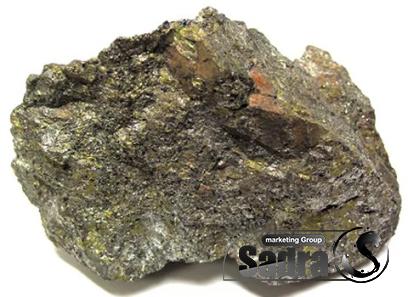
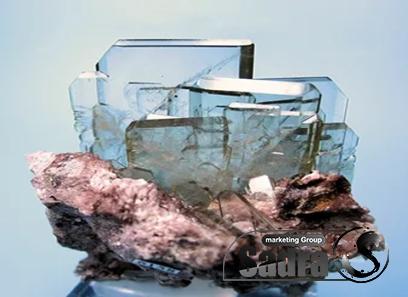
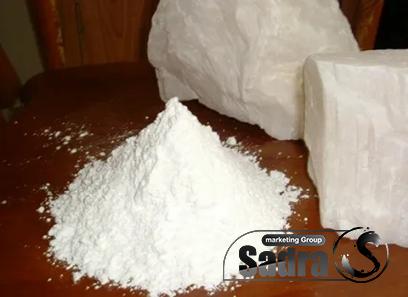
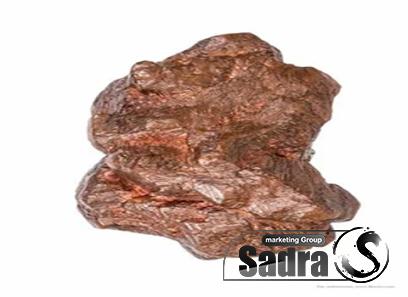
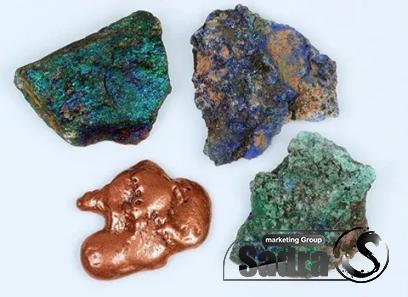
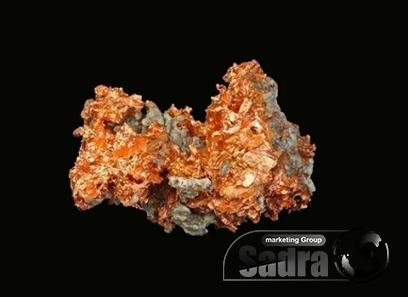
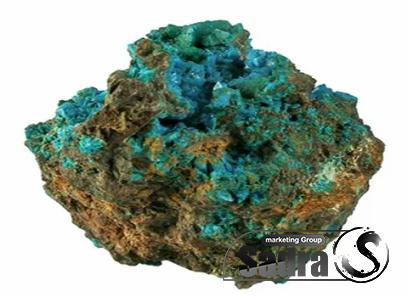
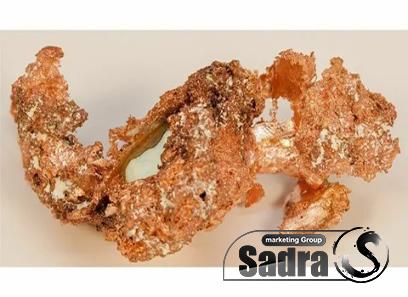
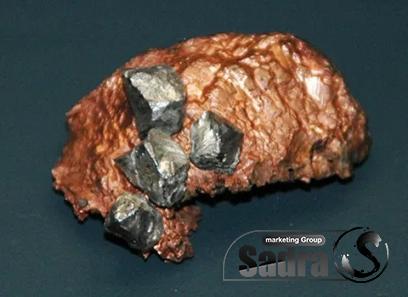
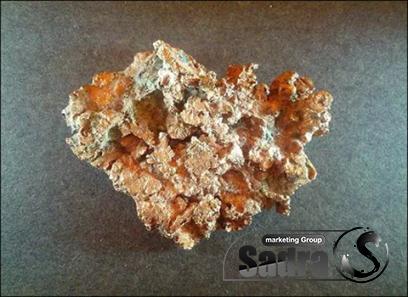
Your comment submitted.